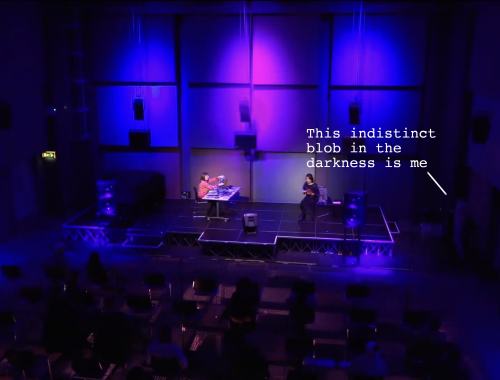From Nursery rhymes to Tik Tok Tunes.
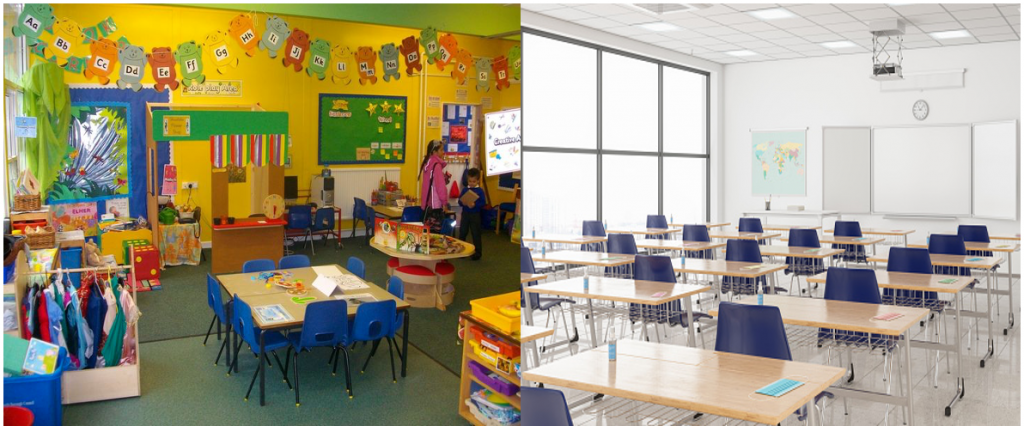
From the sunshine land of Key Stage One to the dark and difficult plains of Key Stage Two. This blog post will use Borton’s three step reflection model to document and dissect my transition from a hands on placement in a Primary 1 class to observing a Primary 6 class. This will enable me to come up with a plan of action to feel more confident in the event I teach a KS2 class in the future.

What?
During reading week I split my time between P1 and P6. On Wednesday I was tying shoes, telling stories and singing nursery rhymes. On Thursday, I found myself in the back of a darkened room with my arms the same length listening to playground couple complications, maths muddles and tik tok tunes.
I felt like a fish out of water and found myself standing unsure of what to do. My animated persona that I adopt when interacting with younger children seemed misplaced in this environment. I attempted to speak to the pupils about their work and their weekends, but they seemed unenthused.
The thing what upset me most about the transition form KS1 to KS2 was the way in which the pupils reacted to and behaved towards a child with additional needs in this case, Multiple Learning Difficulties (MLD). I work in a Special Needs school and am accustomed to children with additional needs being celebrated. I felt hurt when I heard that this particular child was often picked on unbeknownst to him. The staff made efforts for correction and redirection. However, all I wanted to do was remove him from the situation and wrap him up in cotton wool.
What did I do about it?
I considered the way in which I interacted with the children. I realised that perhaps the pupils did not respond well to me because there was no relationship there to begin with. I decided to think back to the time I was their age and channel those same feelings when I talked to them. Also, I decided to offer them some insight into my own life so that the conversation was two sided and did not feel so much like an interrogation.
Whilst considering how the children engaged with one another, I realised the problem could be resolved by following Vygotsky’s theory. Vygotsky explains that, “social interaction with More Knowledgeable Others is the primary means by which children acquire behaviours and cognitive processes relevant to their own society” (First Discoverers, 2022). This made me increasingly aware of the opportunity for learning that my actions alone can provide. By ensuring the pupils see me interacting appropriately and positively towards the child with MLD, it was my hope that the pupils would see the many qualities that he/she had and choose kindness and acceptance in the future.
So what?
At this stage of the reflective model, Borton outlines that the situation “should be analysed and evaluated in order to draw a conclusion.” (Jaspar, 100). Upon reflection, it was a great decision to offer the pupils an insight into my life to build relationships. I shared that I had walked my puppy at the weekend, this opened a class discussion about pets. I found that every time I entered the classroom they asked my about my dog, it also provided me with information to build on with each pupil. However, I realised that by attempting to relate to the pupils it meant that I was afforded a degree of disrespect at times as the pupils saw me more as a friend than a future teacher.
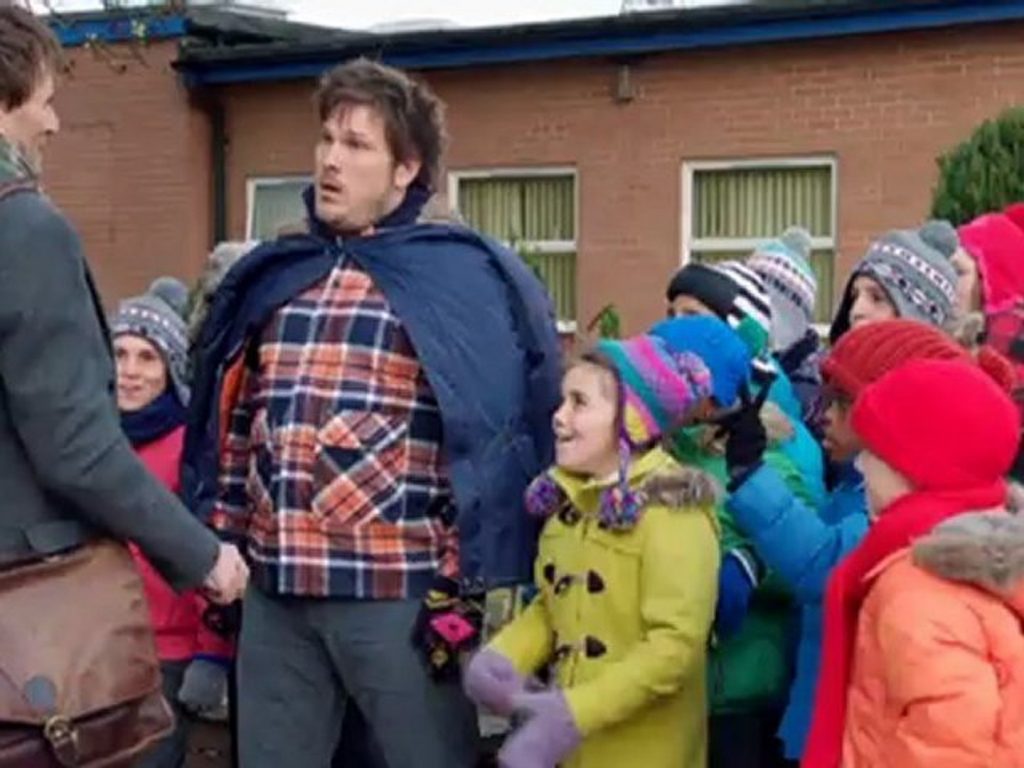
Vygotsky’s theory was an excellent notion to bear in mind when approaching my time in Primary 6 and benefitted me beyond the initial problem I had implemented it for. It made me increasingly aware of the fact that the pupils are constantly picking up from my behaviour, even my non-verbal actions. Once I became more enthusiastic towards all the lessons I found the pupils fed off of the fact that a young, university student was interested in them and their lessons and their engagement in class reflected this.
Regarding the way in which I demonstrated appropriate behaviour towards the child with additional needs. I made sure to compliment the child for the aspects of his personality that his peers deemed different and made sure to integrate the child into conversations and games. I found this effective as the pupil’s mirrored my actions and spoke to the pupil appropriately. However, I heard that once I was no longer present in the room, the pupils reverted back to their old ways of unkindness towards the pupil. This highlighted that the solution to this serious issue ran deeper than a simple demonstration of appropriate behaviour. The problem desperately needed addressed head on.
What now?
I will continue to offer the pupils insight into my life and channelling my inner 11 year old to foster good relationships. Borton says that at this point one must “consider the consequences of possible alternative strategies for action.” (Jasper, 100). With this in mind, I think it would have been better at the very beginning of my time in Primary 6 to explain to the pupils who I am, and make sure they view me as a teacher in training, and not just another one of their peers. I will ensure to do this in the future.
Lastly, I have learnt that demonstrating good interaction with those with additional needs is not enough. I will conduct open discussions around difference in my classroom and make sure to highlight the harm that exclusion and name calling can cause to others. I will make sure that I have implemented consequences for these harmful actions.
Bibliography
- First Discoverers. “Child Development Theories: Lev Vygotsky.” First Discoverers. 2022. Web. Accessed 21 March, 2022.
- Jaspar, Melanie. Beginning Reflective Practice. Cengage Learning. 2013. Ebook.
You May Also Like
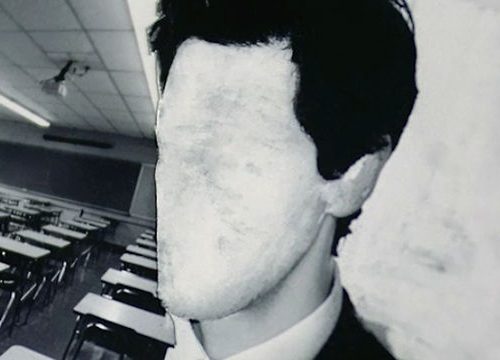
The Equity Of Detachment
25 March 2022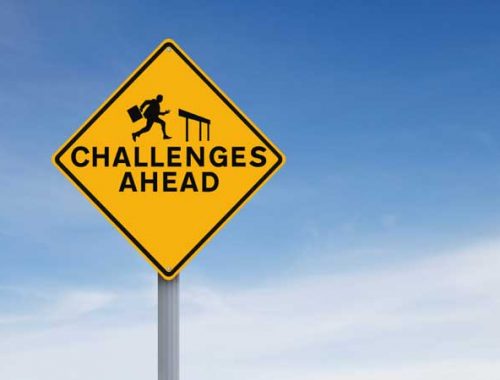
27 March 2022
